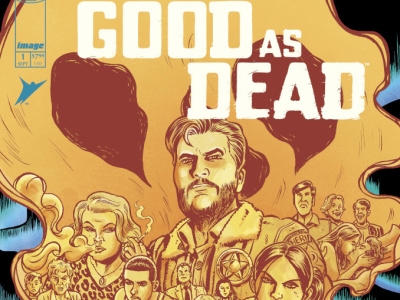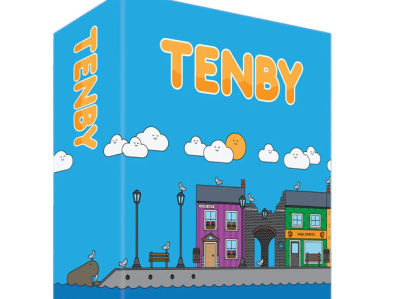An article by Jim Rothenberg sensationally entitled 'A Wave of Violence Engulfs Children's Cartoon Programs' graced the front page of the Sunday, January 28th New York Times. The article begins with graphic descriptions of violent scenes wrenched out of context from cartoons shown in children's programming blocs. Next Rothenberg identifies the source of the violence -- anime from Japan 'where the public tolerance for blood and guts on TV has traditionally been much higher than it is in the United States.' Then he explains how anime has gotten in under the cultural radar of the bluestocking groups who supposedly protect our children, but haven't caught on that the hyper-violent Dragonball Z is seen in over a million households every night. For the coup de grace he hints strongly that the real reason for the prevalence of anime is its lower cost--$100,000 versus $500,000 for a domestically created cartoon show.
If anyone actually manages to make it all the way through this thumbsucker, they will find a more balanced viewpoint -starting on page thirteen (!) where a Fox VP points out that in these anime, as in traditional children's literature, good overcomes evil, and virtues like loyalty and perseverance are rewarded. When one social policy wonk evens allows that violence isn't always bad and should be seen in context, it appears that the only thing that is missing from the last half of the article is the perspective that the Brothers Grimm are more violent and a heck of a lot scarier than Pokemon or Digimon or DBZ could ever be.







